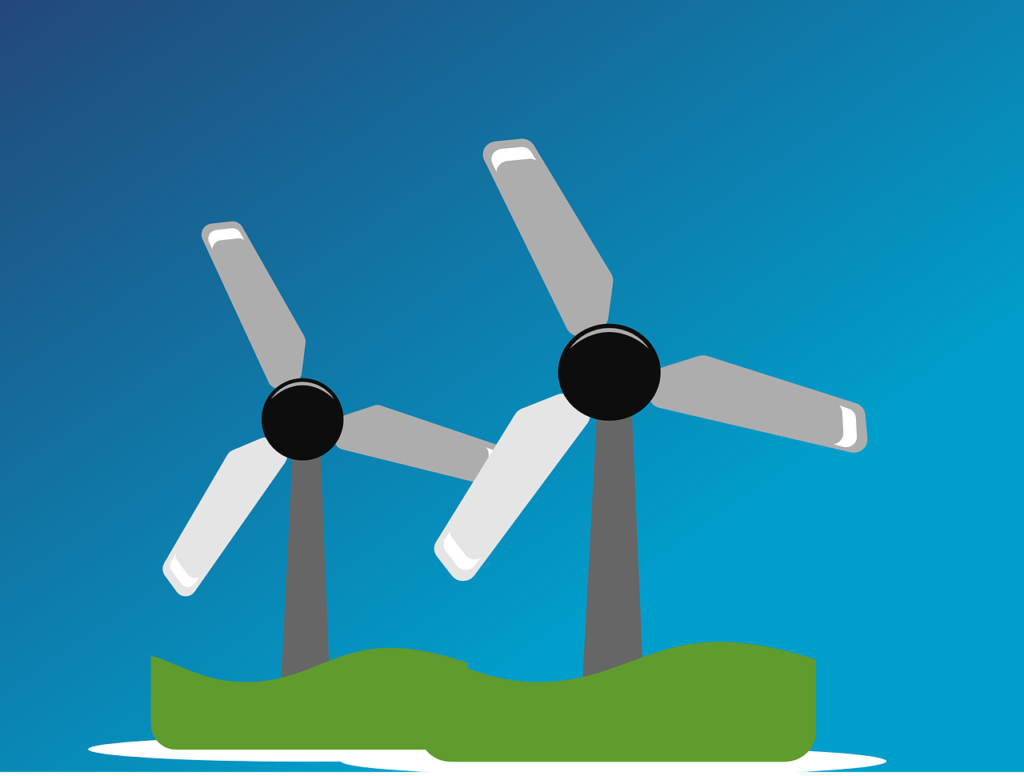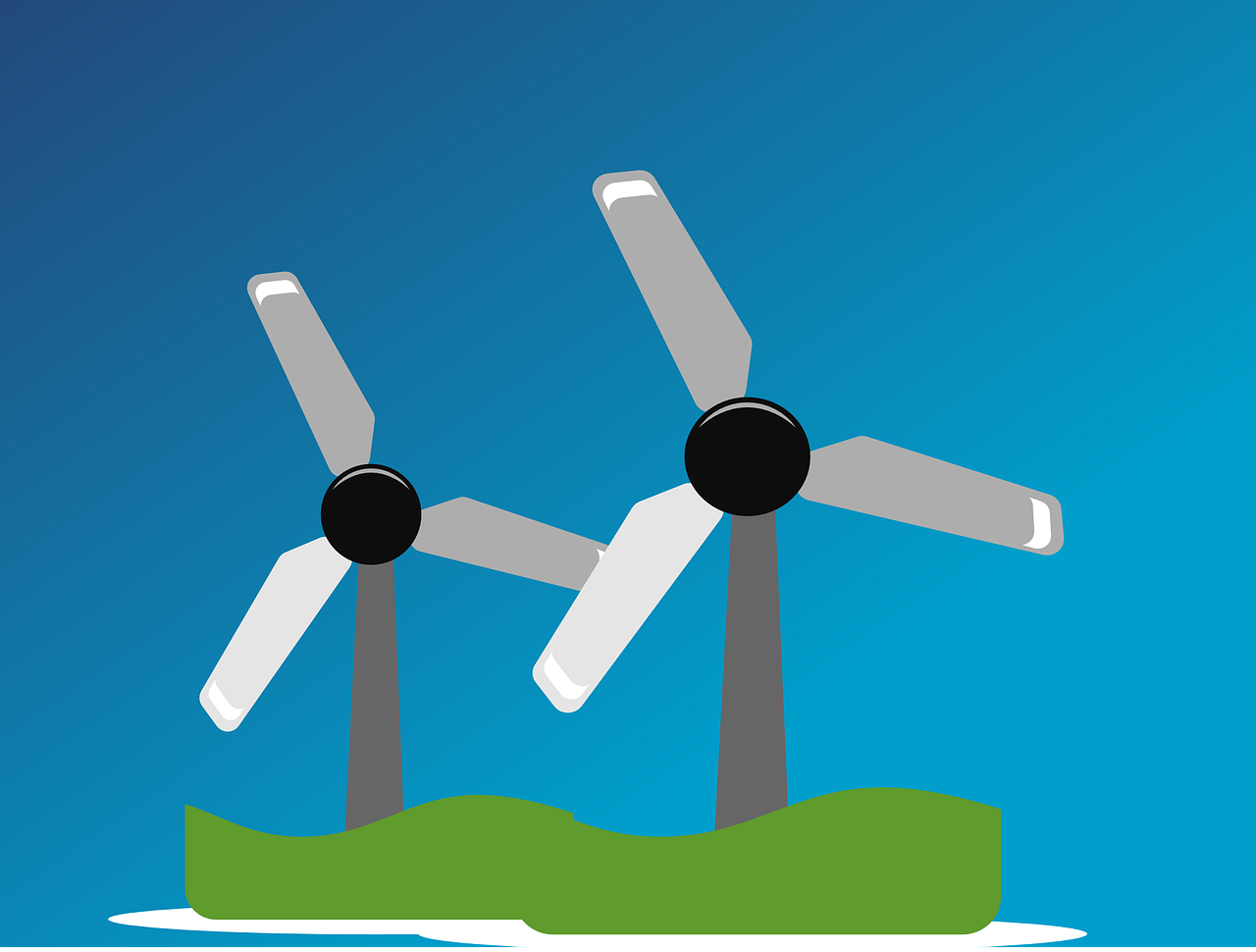
Drones, also known as unmanned aerial vehicles (UAVs), have emerged as transformative tools in environmental surveillance and conservation. Equipped with advanced technologies such as high-resolution cameras, sensors, and GPS systems, drones provide unique aerial perspectives and detailed data crucial for managing and protecting natural resources. This article explores how drones are revolutionizing environmental conservation, presents success stories, and examines the future challenges and considerations in their use.
1. Applications of Drones in Environmental Conservation
a. Ecosystem Monitoring
- Forest Observation: Drones are used to monitor forests and jungles, providing detailed aerial imagery that helps detect deforestation, illegal agricultural expansion, and habitat degradation. For instance, the Drones for the Amazon project employs drones to patrol the Amazon rainforest and identify illegal activities such as logging and burning.
- Coral Reef Assessment: Underwater drones, equipped with cameras and sensors, allow for the assessment of coral reef health. These drones capture detailed images used to identify coral bleaching and other threats. The Coral Triangle Initiative project utilizes drones to monitor and preserve reefs in the Coral Triangle of the Pacific.
b. Wildlife Protection
- Tracking Endangered Species: Drones assist in tracking and monitoring endangered species. Equipped with high-resolution cameras and GPS systems, drones can follow animal movements, record behaviors, and assess habitats. An example includes the use of drones to track rhinos in Africa to combat poaching.
- Counting Animal Populations: Drones are also employed to census animal populations in large, inaccessible areas. For example, the Aerial Surveys of Marine Mammals project uses drones to count and monitor marine mammals like whales and dolphins, providing essential data for their conservation.
c. Water Resource Management
- River and Lake Monitoring: Drones can fly over bodies of water to capture images and data on water quality, the presence of pollutants, and the status of aquatic ecosystems. This aids in managing water resources and detecting issues such as harmful algal blooms.
- Dam and Reservoir Assessment: Drones provide aerial inspections of dams and reservoirs, allowing for early detection of structural issues and evaluating the environmental impact of these infrastructures. For example, drone use in reservoir inspections has enhanced water management and safety in various regions.
d. Environmental Disaster Response
- Damage Assessment: After events such as wildfires, floods, or oil spills, drones are used to assess damage and map affected areas. This facilitates emergency response planning and recovery efforts. For example, drones have been used to evaluate wildfire damage in Australia.
- Search and Rescue: Drones can assist in search and rescue operations in challenging environments by providing aerial images that help locate missing persons and assess difficult-to-reach areas. This is especially useful in disaster-prone areas.
2. Success Stories in Conservation with Drones
a. Elephant Protection Project in Tanzania
The use of drones has been crucial in protecting elephants in Tanzania, where drones equipped with infrared and high-resolution cameras detect poaching and monitor elephant migration routes. This approach has significantly reduced poaching in protected areas.
b. Reforestation in Nepal
In Nepal, drones are used to plan and execute reforestation projects. Drones capture aerial images to identify deforested areas and create detailed maps that guide tree planting, helping restore forest ecosystems.
c. Coral Reef Monitoring in the Caribbean
Underwater drones are being used to monitor coral reefs in the Caribbean. The images obtained allow scientists to assess coral health, identify areas affected by disease, and plan effective conservation strategies.
3. Future Challenges and Considerations
a. Regulations and Norms
- Flight Restrictions: Drone operations are subject to regulations and restrictions that vary by country. Ensuring compliance with these regulations and coordinating with local authorities is essential for the effective use of drones in conservation.
- Privacy and Security: Aerial data collection raises privacy and security concerns, especially in populated areas. Implementing measures to protect individual privacy and ensuring ethical use of data is crucial.
b. Costs and Maintenance
- Implementation Costs: Drone technology can be expensive, and its implementation requires investment in equipment and training. Finding ways to reduce costs and make technology accessible to conservation organizations of all sizes is crucial.
- Maintenance and Technical Support: Drones require maintenance and technical support to ensure optimal functioning. Adequate training for personnel and access to support services are essential for the long-term success of drone-based conservation programs.
c. Data Precision and Resolution
- Data Quality: The accuracy and resolution of data obtained by drones can be affected by factors such as weather conditions and equipment quality. Improving drone technology and data quality is fundamental to maximizing its usefulness in conservation.
- Data Integration: Data obtained from drones must be integrated with other types of data, such as satellite and ground-based data, to gain a comprehensive view. Developing methods for combining and analyzing these data effectively is an ongoing challenge.
Conclusion
Drones are playing a transformative role in environmental surveillance and conservation, offering advanced tools for monitoring ecosystems, protecting wildlife, managing water resources, and responding to environmental disasters. Success stories highlight the potential of drones to enhance conservation efforts and support environmental protection initiatives. However, to fully leverage the advantages of drones, it is necessary to address challenges related to regulation, cost, data precision, and technology integration. With continued advancements in drone technology and collaborative implementation of effective solutions, drones will remain a key tool in environmental preservation.
